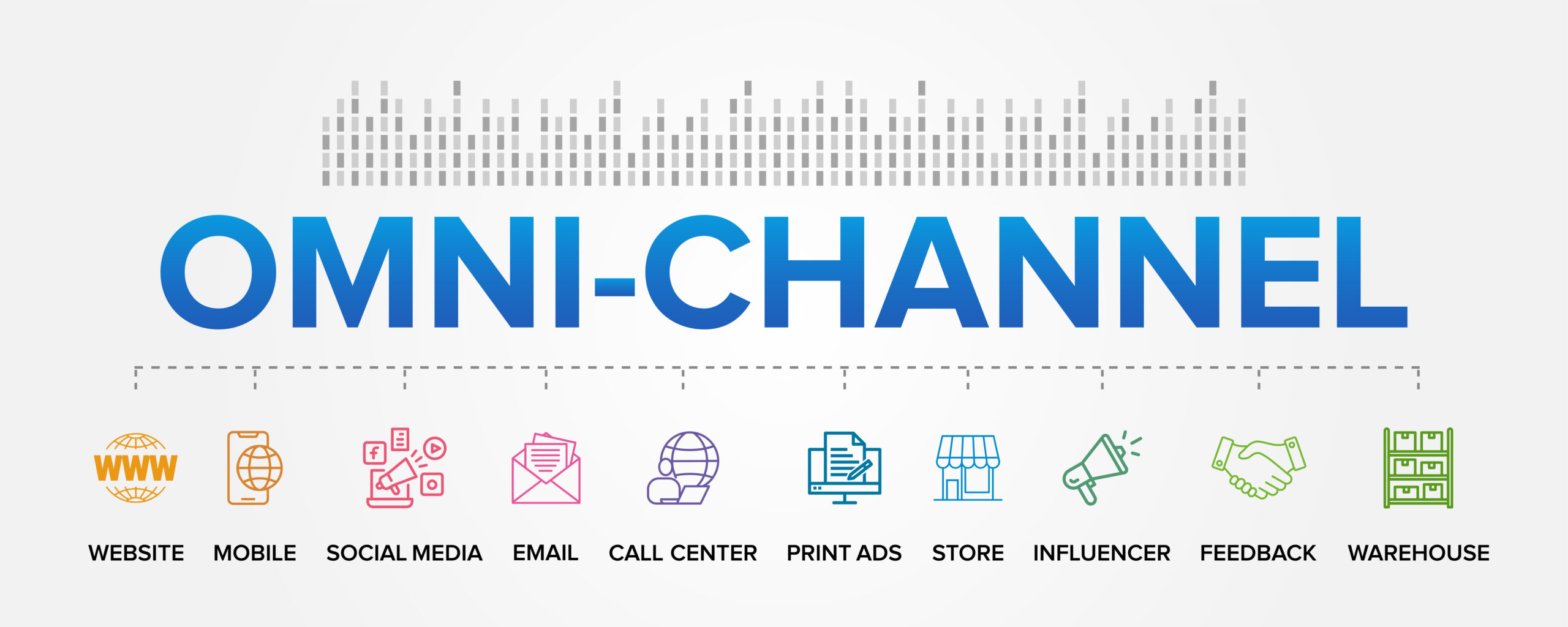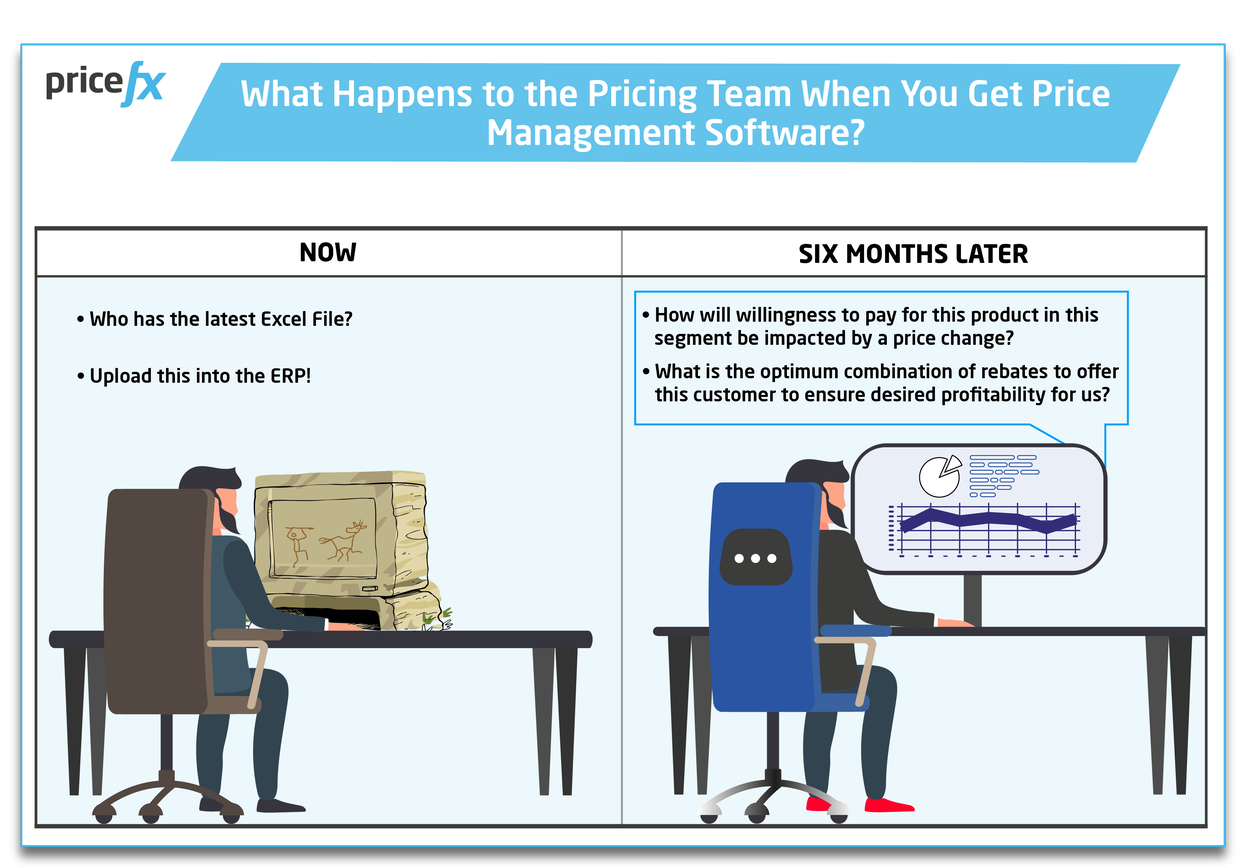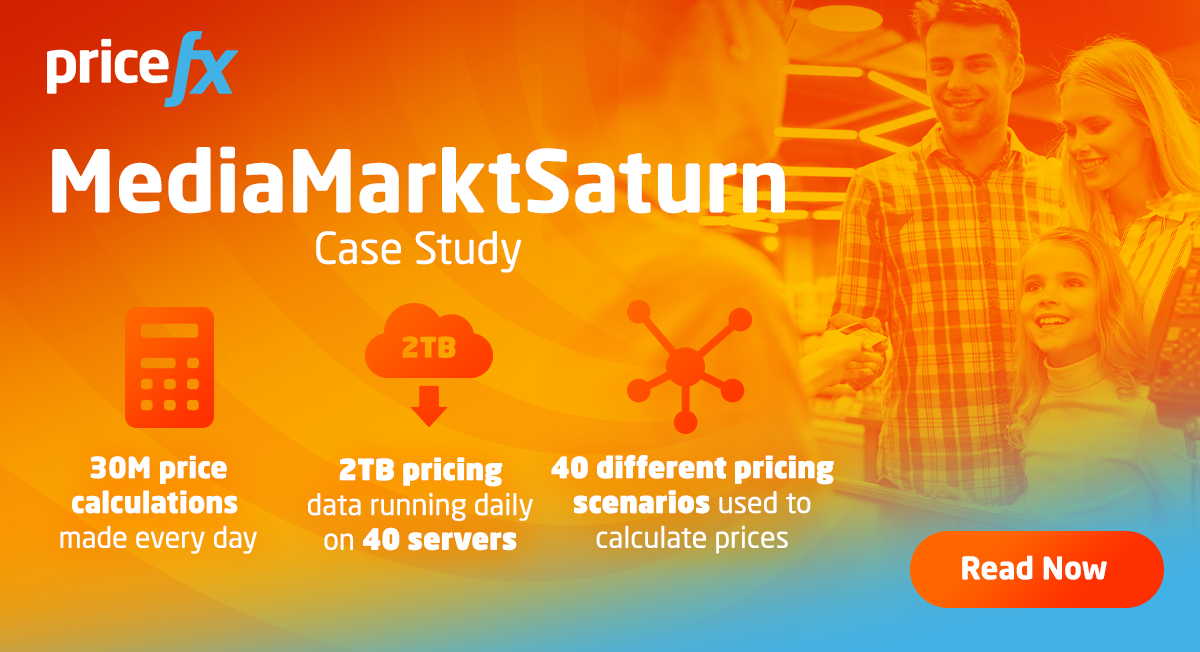How to Build an Omnichannel Pricing Strategy for 2024
February 13th, 2023 (Updated 01/22/2024) | 11 min. read
We have written a lot lately how the wide range of channels now available has dramatically impacted how B2B and B2C buyers alike can purchase your goods. The number of sales channels open to them has transformed the way they now seek to connect with businesses and brands overall. Over the last few years, it has become increasingly apparent that sales and pricing managers are rapidly becoming those from younger generations that have grown up with price comparison websites and online shopping. Combined with hybrid workplaces, organizations are now required to build multiple touch points and standardize their customer experiences regardless of how clients approach your business. It may be as simple as integrating your online store presence with your physical one and creating better experiences for each customer––all in one place. However, pricing, whether it is for B2B or B2C organizations, is still falling behind the rate of change underway. B2B companies often have customized and unique net prices for each business hidden behind a secure log-in wall, while your B2C website prices can be crawled by your competitors and can become out of date in mere moments. Today’s B2B and B2C customers are transparent in what they want from suppliers: more channels, more convenience, more automation, and self-service plus a more personalized experience. In the new 2023 landscape, let’s take a journey in this article to about some key factors to consider in building your omnichannel pricing strategy for 2024.
At Pricefx, we have spent the last dozen or so years assisting our customers to track price moves and trends in real time. Learning in partnership with a range of omnichannel-armed business clients, we have developed technological solutions that can assist in giving all today’s modern business organizations the kind of innovative tools they require to interact across the diverse selection of new transaction types available to them.
In that light, in this this article we will examine what omnichannel pricing is (and gives you some tips on where to find out more if you want to dive deeper into the topic of omnichannel pricing and how Pricefx can help you manage it), before we discuss some specialized approaches for building a successful omnichannel pricing strategy in 2024.
What is Omnichannel Pricing?
Omnichannel Sales (regardless of whether it is taking place in a B2B or B2C sales environment) is a multichannel approach to sales that seeks to provide customers with a seamless shopping experience, whether they are shopping online from a desktop or mobile device, by telephone, or in a brick-and-mortar store. Increasingly, (and unofficially the first of our omnichannel trends we see coming up for 2023), social media platforms such as Facebook and even Tik Tok are becoming valid and important sales channels for B2C in the first instance, but also increasingly for B2B sales ecosystems too.

The more sales channels that your business chooses to operate (and increasingly it is becoming more of a competitive necessity rather than a choice to offer omnichannel sales – depending on your organization’s chosen business model of course), your company will require the pricing of your products organized at a similar reflective omnichannel level.
Quality omnichannel pricing will allow your business to manage all the specific price points you are collectively offering in the marketplace (and by whatever method) and assist you in organizing them in a strategic and comprehensive fashion to facilitate your company’s unique set of desired business outcomes.
Done right, omnichannel pricing can rationalize your pricing strategies across all your company’s sales channels.
In short, omnichannel pricing is all about using pricing as a steering wheel to ensure that all the different sales channels you have in your organization are aligned with each other and in relation to the overarching business outcomes you are seeking.
Deep Dive into Omnichannel Pricing Here
In this article, we are going to concentrate mostly on the omnichannel trends for the year ahead and specifically the factors your company may need to consider on how to build an omnichannel pricing strategy for 2023.
However, if you would like to learn more about omnichannel pricing in general, how it now applies for B2B and B2C companies, and the ways that Pricefx can assist with setting it up for your business, check out these articles below.
What is Omnichannel Pricing and its Pros & Cons
The Best Things That B2B Can Learn from B2C – Getting Digital
How Does Pricefx Help to Manage Omnichannel Pricing?
The Key Factors to Build into Your Company’s Omnichannel Pricing Strategy for 2023
If your company is considering the key factors to build into your omnichannel pricing strategy in 2023, it is worthwhile to consider what the economic outlook looks like for the coming year ahead. Wherever you look for your economic forecasts for 2023, talk of high inflation, and even a recession continues to dominate the headlines.
If you have a sense of déjà vu in the way companies are looking to react to 2023 feels like a repeat of CoVID-19 all over again, you are probably right.
When the global pandemic first hit, a lot of companies simply went into ‘hibernation mode’ and few were looking to invest financially or take undue risks. On the other hand, many companies saw the pandemic as an opportunity to seize the day and open online shops or offer social media sales channels where they previously had not.
With inflation firmly on hold and not expected to begin a downward turn until at least the second half of 2023, we expect many businesses to react as if it is CoVID-19 2.0.
By that we mean that you might expect more businesses to build up their range of sales channels in 2023, with the overall the cost of sales on the decrease and companies are looking to take advantage of utilizing these new and exciting additional sales channels to drive more business in those places and customer segments where their sales may have been poor in the past.
3 Important Factors to Build into Your 2023 Omnichannel Pricing Strategy
In 2023, best practice omnichannel pricing will allow your business to manage all the specific price points you are putting out into the marketplace (by whatever method) and pull them all together in a strategic fashion that will work towards achieving your organization’s unique set of desired business outcomes. With that in mind, consider these 3 factors to build into your company’s pricing strategy in 2023;
1. Cover as Many Territories or Segments as Possible with Your Sales Channels in 2023

To ensure that your products are reaching the maximum number of eyeballs of potential buyers, make sure that you are using the maximum number of sales channels that is suitable for your product range or business model.
In the new B2B and B2C marketplaces, what that means is not simply expanding the number of sales channels you use but doing it it a smart and targeted way whereby your sales channels overlap to cover as much potential sales territory as possible.
In other words, look at the image above for a graphic representation that a ‘mix and match’ sales channel strategy will cover way more fertile sales territory than a single sales channel alone. You may never cover the entire market (for example, due to a B2B business model your company may not be suited to a social media sales strategy), but you will be covering as many potential customer sales points as possible.
However, it is pertinent to remember that the more touch points that your organization has with its clientele, the greater need your business has to develop to coordinate and automate its pricing with a next-generation pricing software solution to align prices between your sales channels.
But the huge win for your business is that you are setting yourself up for your customers to utilize the channel that best suits them and keeps them happy and engaged with your organization.
The payoff – A happy client is more inclined to buy from you and keep buying from you into the future.
2. Unify Your Costs & Inventory Management with An Omnichannel Pricing Strategy
Secondly, unifying your costs with an omnichannel pricing strategy looks to be a trend we see continuing to build throughout 2023. If 2022 taught us nothing else, it is that your costs of production and delivery expenditure (depending on your industry sector and/or business model) are fluctuating more than at any other time over the last 50 years. Once you have all your diverse sales channels up and running, you can use your pricing software to unify your data (including your costs) into one standardized location. That means you then need spend less time on the administration of an omnichannel pricing strategy and give back to your pricing team more time to do what they do best – to spend more time on discovering your points of strategy improvement, plugging margin gaps, and optimizing your prices.

Similarly, leverage an omnichannel pricing strategy to make your inventory control as efficient as possible.
An omnichannel pricing strategy can assist your company’s inventory control by helping to ensure that prices are consistent across all channels and that your inventory is being sold at a profitable price. By using an automated pricing software solution to monitor prices and sales data across multiple channels, you can adjust your pricing strategy on the fly to optimize inventory turnover and profitability.
Additionally, as a bi-product of identifying any pricing discrepancies across channels and addressing them in a timely manner, a well-managed pricing strategy can prevent overstocking or stockouts of certain products.
In short, an omnichannel pricing strategy can provide your business with better visibility and control over your inventory and pricing, which can assist you in improving overall inventory management and financial performance.
3. An Omnichannel Pricing Strategy Supports Data-Driven Decision Making
Lastly, let’s talk about data in an omnichannel pricing strategy and its benefits. For example, imagine that in your B2C business, that you want to support your dynamic pricing efforts with data to make smarter and more informed pricing decisions. With an omnichannel sales channel set up, you can use additional behavioral data (compared to following a more traditional approach) to determine how volatile your prices are and how your customers are reacting to those pricing changes in real time. Given the lag time in your bricks-and-mortar store sales, this kind of web-sourced and clickstream data is not as instantly available. But you need to have the data on hand and/or bring it to the decision-making table.
These new kinds of data points will open new possibilities and point quickly towards the value drivers for your business. Soon, you will be optimizing your pricing based on real-time market conditions, customer behavior, and sales trends, all of which can help to improve profitability.

What’s more, an omnichannel pricing strategy allows your business to be more flexible in its pricing strategy, allowing you to experiment with different pricing models and test them across different sales channels. This can help your business to discover the most effective pricing strategy that is fit for purpose for your company’s sales channel footprint.
Is Omnichannel Pricing Without Pricing Software Possible in 2024?
Sure, anything is possible including omnichannel pricing without pricing software.
But given that 2023 and beyond is now driven by data and automation in the pricing field, by attempting to manually implement an omnichannel pricing strategy you may be trying to bite off more than you can ever possibly chew.
If yours is a global organization with hundreds of thousands of SKUs and doing business across multiple countries in different time zones, you would require a standing army of thousands of Excel spreadsheet data operators working around the clock 24/7/365.
You simply cannot track the reams of data involved with manual pricing across channels.
The result would be disconnected B2B and B2C pricing which is against the highly organized nature of omnichannel pricing itself.
If you would like to learn how giant European electronics retailer MediaMarktSaturn implemented the award-winning Pricefx pricing software technology and customized it to their unique omnichannel pricing strategy, check out this case study:
On the other hand, if you have already made the decision to bring your omnichannel pricing strategy up to date in 2023 and you would like us to help to do so, talk to one of Pricefx pricing software experts now:




